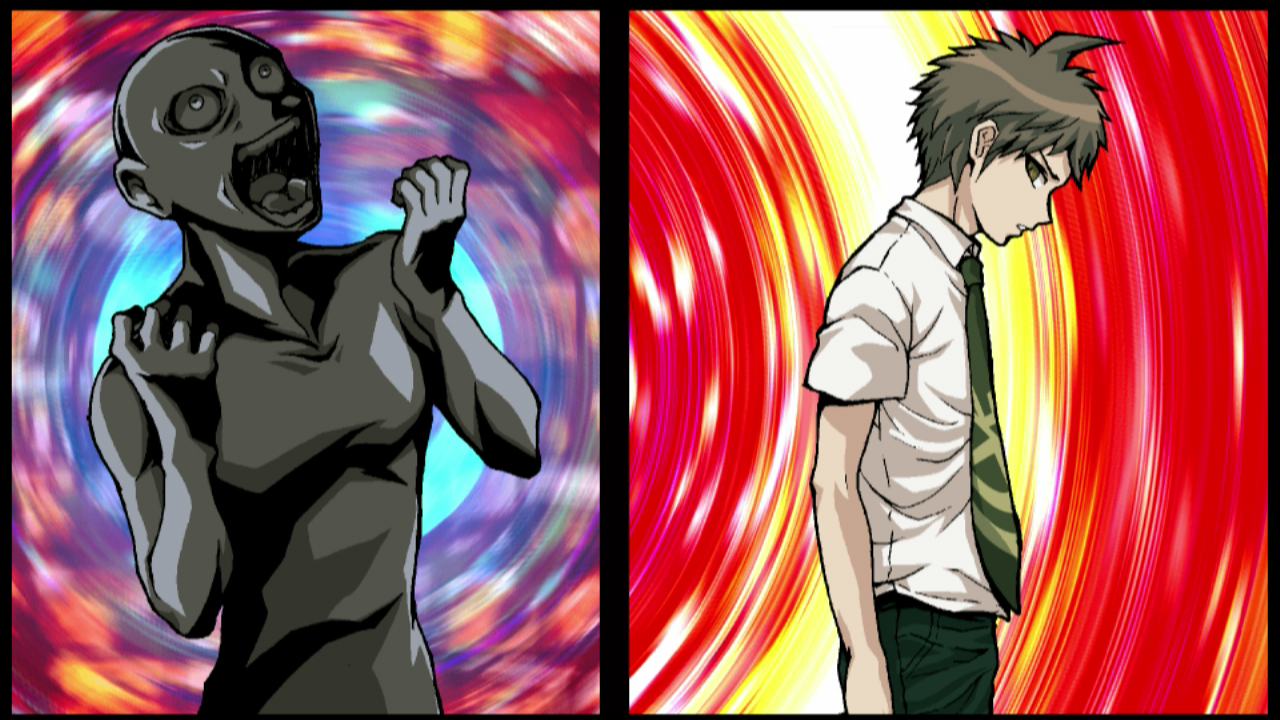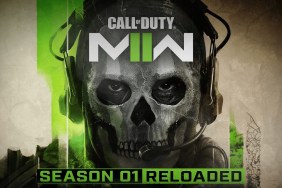Goodbye despair, hello insanity.
[As suggested by user lordclyde, here's a review for Danganronpa 2!]
Games often try to strike a careful balance between mechanics and narrative, but one supersedes the other in many cases. One such example is Danganronpa 2: Goodbye Despair, a game that flourishes in its twisted premise and larger-than-life characters. Though the investigation/mini-game hybrid framework is interesting, it does little to entertain the player. Still, Danganronpa 2 succeeds when it focuses on the continued story of its predecessor and ramps up the insanity meter to 11, which results in one of the more memorable game experiences of the year.
Danganronpa 2 features a new cast of characters and a new environment to explore, but it's very much a sequel to the first game which came out just months before in North America. The way in which the sequel incorporates the events of the first game into its narrative establishes an air of mystery. The characters reference those events, but they don't dominate the storyline. Instead, the developer cleverly inserts references which ultimately leads to a mind-bending conclusion.
Both games share specific narrative moments, but they also parallel each other in structure. Once again a group of young boys and girls attend Hope's Peak Academy as Ultimate students, specializing in a series of fields such as cooking and engineering. Unfortunately for them, their first trip to school turns far more sinister and they find themselves in a life-and-death struggle on a tropical island called Jabberwock. Well, their unusual teacher, a pink rabbit named Usama, promises otherwise. But eventually the principal bear from the first game, Monokuma, shows up. Then the real games begin.
There's only one way off the island: murder someone and don't get caught. But if the students discover the murderer during the trial phase, the criminal faces a deadly punishment. It's a dark and ominous premise that manages to get under the player's skin. It's also quite weird. Just think about it—a maniacal bear controls a group of students and murders them in a series of grizzly ways, while a pink rabbit attempts to thwart his efforts. Danganronpa 2 relishes in the wackiness of it all and manages to establish a slight comedic tone in the face of despair.
Players see the narrative through the eyes of Hajime, a boy who forgets his ultimate talent and doesn't remember much else. The character grows throughout the course of the game, but the rest of the cast carries the experience. To be honest, I wasn't sure this would be the case in the opening hours. Some of the characters rubbed me the wrong way; I'm specifically thinking of Teruteru, the Ultimate chef who blurts out a lot of sexually creepy dialogue. In fact, there are multiple overtly sexual moments in the game that feel out of place in an otherwise thoughtful and innovative game.
Luckily, the rest of the cast is far less egregious and excels because of its variety. There's a fidgety and nervous nurse, a booming and prideful sports coach, an enthusiastic princess from another land… the list goes on and on. The interactions between these unique personalities stand out as one of Danganronpa 2's greatest strengths, which makes each subsequent death that much more powerful. Over the course of the game, I grew to trust a lot of the characters, only to see them turn on me or die. How dare you play with emotions?!
As much as I enjoy Danganronpa 2's characters and story, I'd be remiss not to criticize its mechanics. On paper, it sounds like an inventive mix of Phoenix Wright-esque investigation sections, Persona-esque social conversations, and important trials that incorporate a series of mini-games. I appreciate the social elements—referred to as Daily Life—because it allows players to speak to characters and learn more about their backgrounds, motivations, and desires. It strengthens the player-character connection and makes the trial phase that much more exciting. Unfortunately, the investigations and trials are a different story.
Investigations don't stand out as particularly bad, they just meander for too long and fail to require a whole lot of thought. Look at this spot in the environment, talk to a few characters, and move on. It all aids in the trial phase, though, in which players use evidence to unmask the killer. The first Danganronpa game also features a trial phase, but the sequel adds a few new mini-games to the equation. There's a battle of wits in which players must attack weak statements in an opponent's argument and a racing mini-game that takes place in an abstract virtual world. Then there are the returning mini-games such as fast-paced hangman and non-stop debates.
Variety helps prevent an overwhelming sense of tedium, but not a single mini-game separates itself from the crowd. They all range from serviceable to annoying, and in the case of non-stop debates, I just felt like looking up the solutions and moving the story along. Part of me wishes Danganronpa 2 focused more on the visual novel side of the game more so than the trial elements, but the mini-games don't ruin the overall experience.
By the time the credits rolled on Danganronpa 2, I felt like I was exiting a roller-coaster ride. There were ups like the characters and narrative twists, and there were downs like mechanical inconsistencies, but I had a smile on my face by the end of it all. Danganronpa 2 looks like a niche game, but it tells the kind of crazy story that more people need to experience. I mean, who can resist a talking bear and rabbit?
-
Colorful cast of characters
-
Some jarring dialogue/moments
-
Crazy in all the right ways
-
Mind-blowing ending
-
Usama/Monokuma interactions
-
Annoying trials
-
Lackluster mini-games
Danganronpa 2
-
Danganronpa 2 #1

-
Danganronpa 2 #2

-
Danganronpa 2 #3
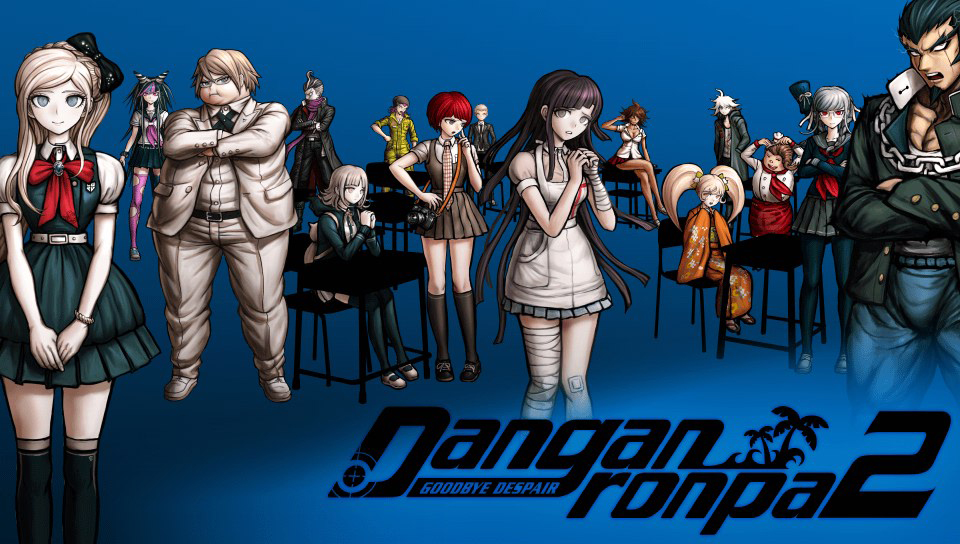
-
Danganronpa 2 #4
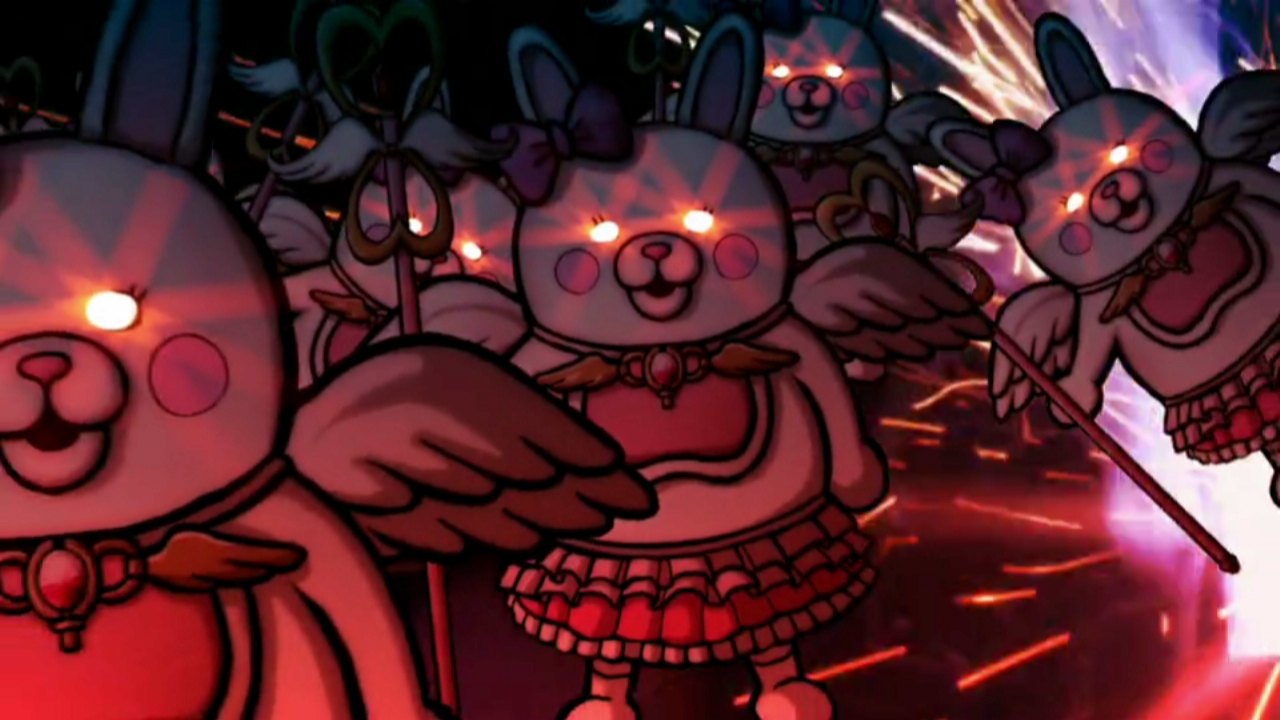
-
Danganronpa 2 #5
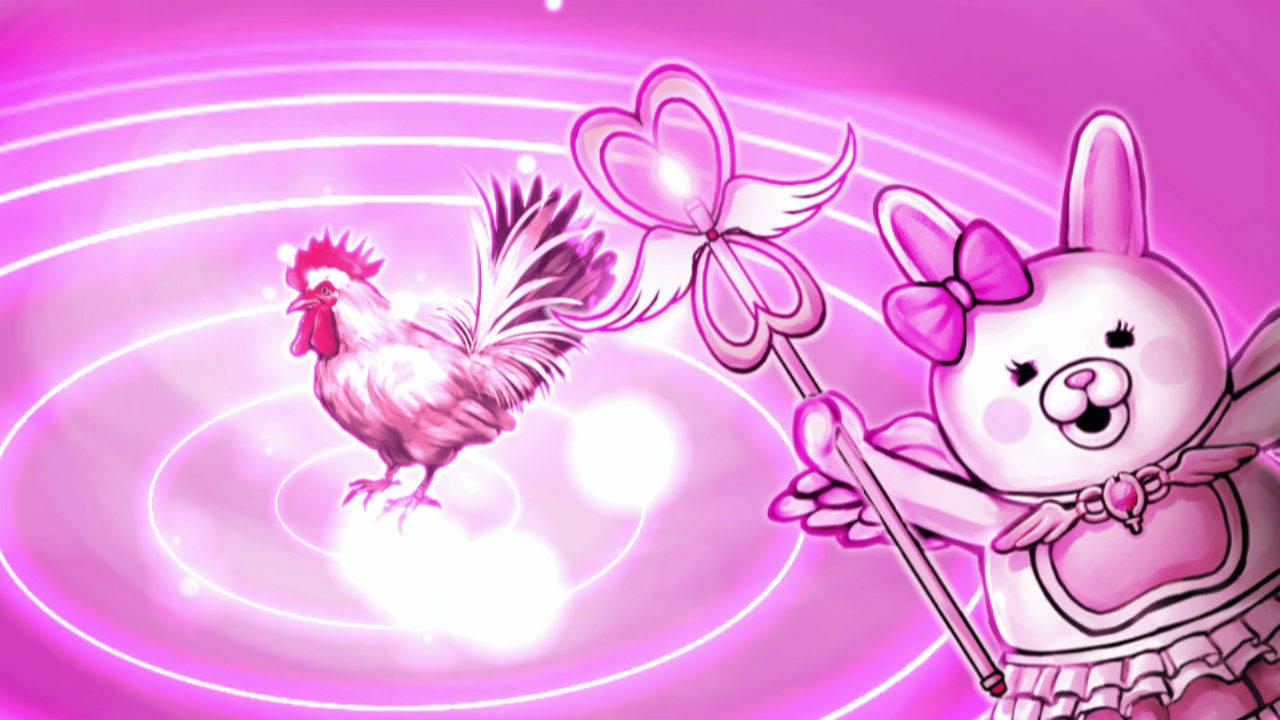
-
Danganronpa 2 #6
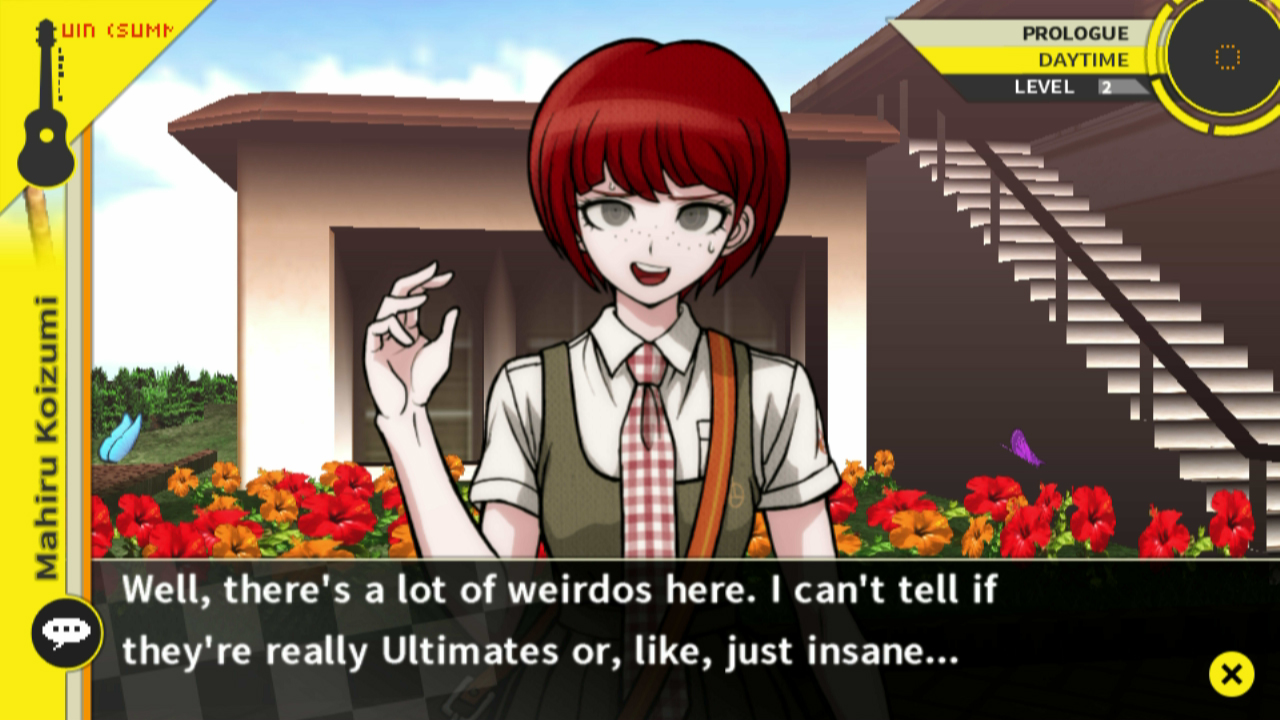
-
Danganronpa 2 #7

-
Danganronpa 2 #8
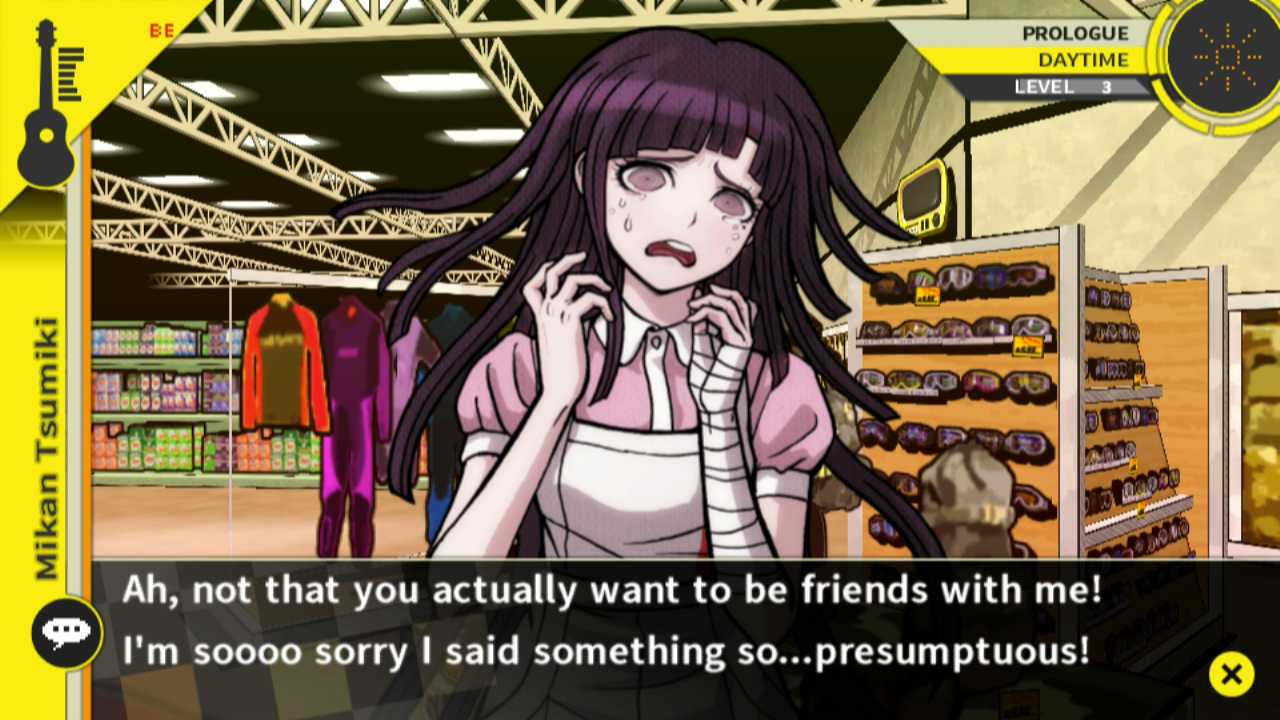
-
Danganronpa 2 #9
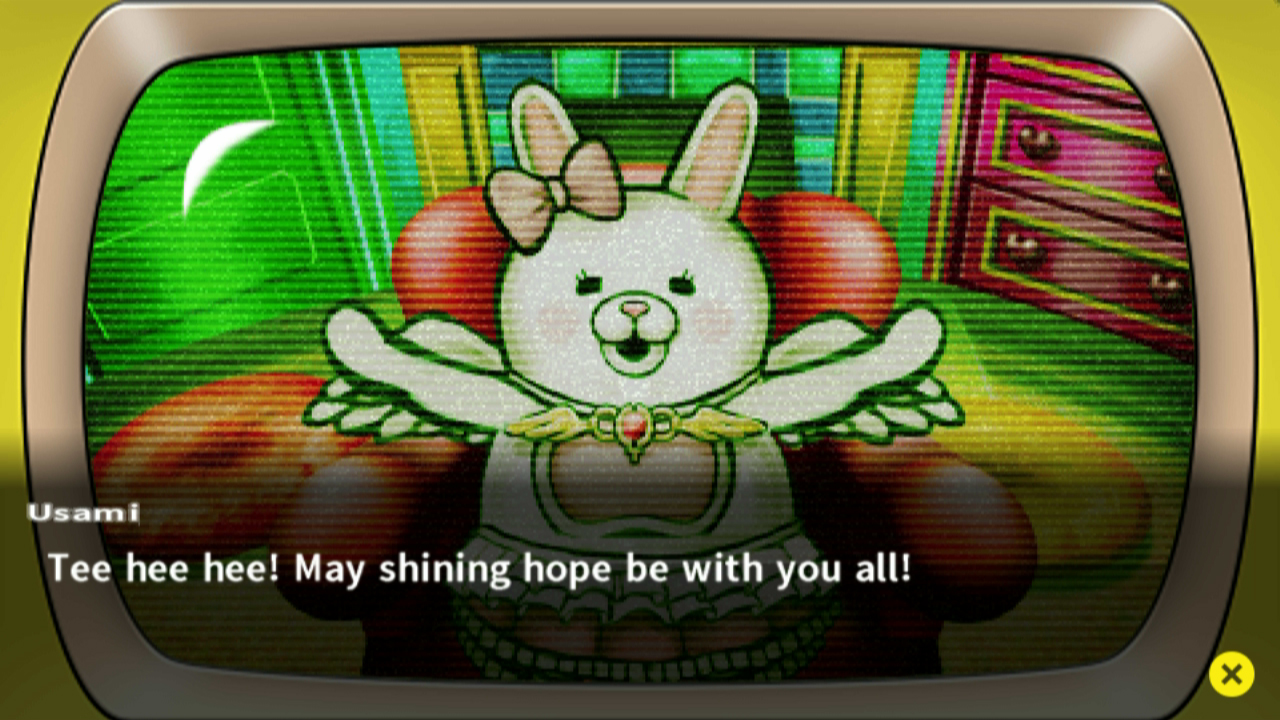
-
Danganronpa 2 #10
